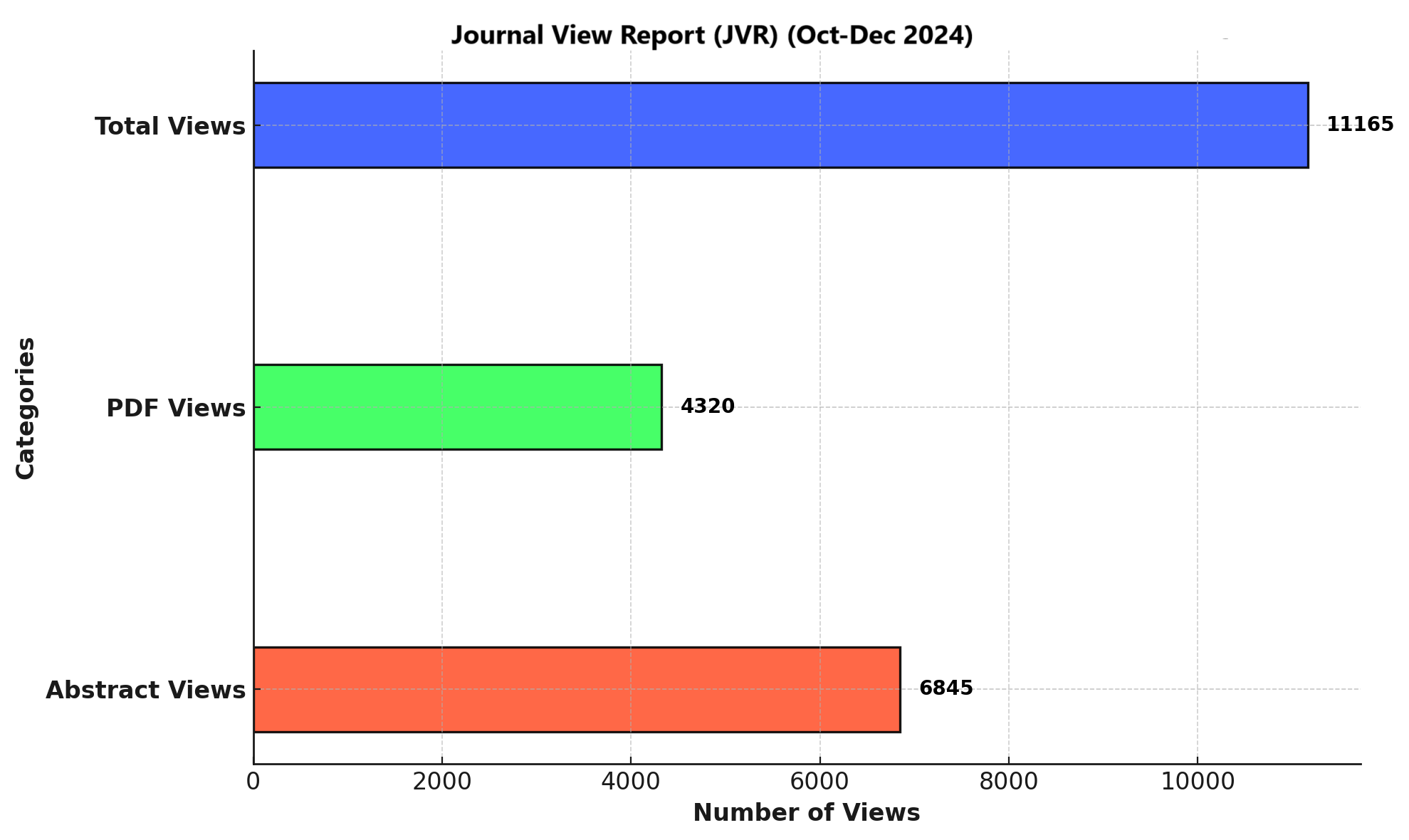EFFECTS OF PARAFFIN WAX BATH THERAPY WITH AND WITHOUT MUSCLE ENERGY TECHNIQUE IN CHILDREN WITH POST BURN HAND CONTRACTURE
DOI:
https://doi.org/10.71000/rb9bne85Keywords:
Burns, Contracture, Hand injuries, Muscle energy technique, Paraffin, Pediatric rehabilitation, Range of motionAbstract
Background: Pediatric hand burns are frequently associated with long-term functional limitations due to contractures and joint stiffness. The thin skin and rapidly growing structures of children’s hands increase the risk of deep tissue injury and hypertrophic scarring. Rehabilitation is further complicated by limited patient compliance in younger age groups. Paraffin wax therapy provides uniform moist heat, enhancing tissue extensibility, while Muscle Energy Techniques (METs) offer a manual therapy approach targeting joint mobility and soft tissue flexibility.
Objective: To evaluate and compare the effectiveness of paraffin wax bath therapy alone and in combination with Muscle Energy Techniques (METs) in improving range of motion and functional hand use in children with post-burn hand contractures.
Methods: A randomized controlled trial was conducted involving 26 children aged 1 to 10 years with post-burn hand contractures. Participants were randomly assigned into two groups using a lottery method. Group A received paraffin wax bath therapy alone, while Group B received paraffin wax therapy combined with METs. Both groups were treated for 8 weeks with three sessions per week. Outcome measures included goniometry for wrist flexion and extension, and the ABIL-HAND scale for hand function. Data were analyzed using SPSS version 25, with statistical significance set at p < 0.05.
Results: In Group B (Paraffin + METs), wrist flexion improved by 8.076 ± 2.900 degrees and wrist extension by 10.538 ± 3.821 degrees (p = 0.00). ABIL-HAND scores increased by 1.692 ± 0.480 (p = 0.00). Group A also showed significant improvement, though with smaller gains. Post-intervention ABIL-HAND scores were 0.76 ± 0.20 (Group A) and 0.73 ± 0.21 (Group B), both with p = 0.01.
Conclusion: Paraffin wax bath therapy combined with METs was significantly more effective in improving range of motion and hand function compared to paraffin wax therapy alone in children with post-burn contractures.
Downloads
Published
Issue
Section
License
Copyright (c) 2025 Aiman Arif, Syeda Nayab Raza , Ramsha Ali, Iqra khan, Mymunah Ahmed, M Behzad Ali, Adnan Hashim (Author)

This work is licensed under a Creative Commons Attribution-NonCommercial-NoDerivatives 4.0 International License.







